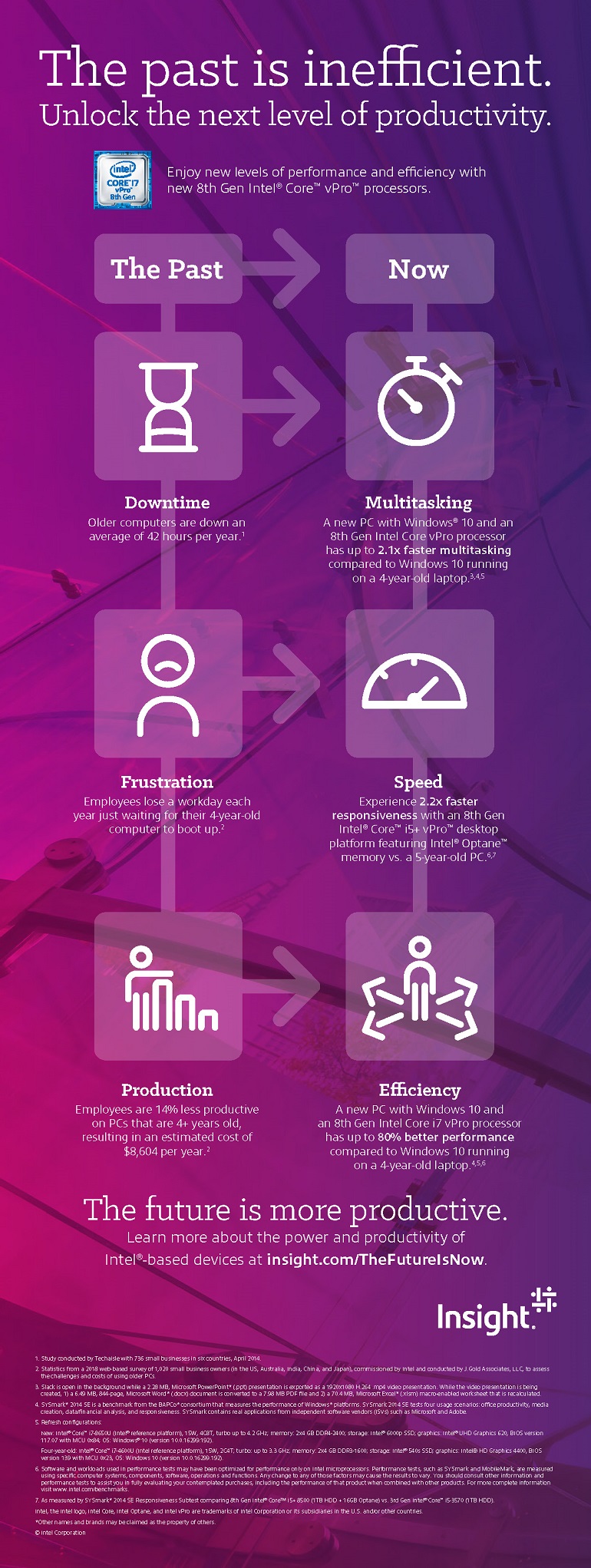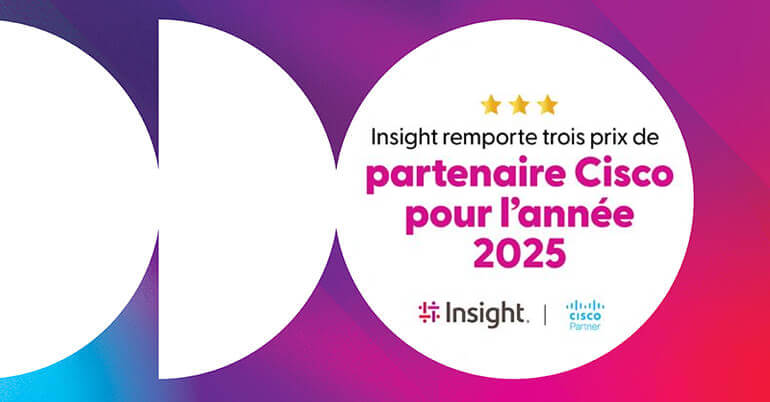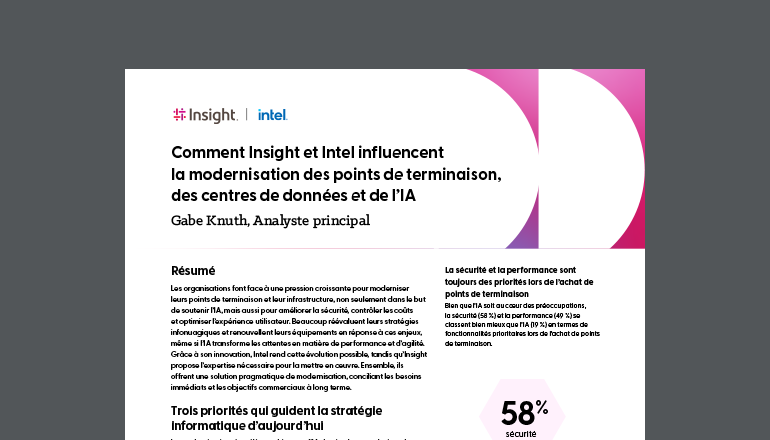Infographic text included for screen readers:
The past is inefficient.
Unlock the next level of productivity.
Enjoy new levels of performance and efficiency with new 8th Gen Intel® Core™ vPro™ processors.
The past: downtime
Older computers are down an average of 42 hours per year.1
Now: multitasking
A new PC with Windows 10 and an 8th Gen Intel Core vPro processor has up to 2.1x faster multitasking compared to Windows 10 running on a 4-year-old laptop.3,4,5
The past: frustration
Employees lose a workday each year just waiting for their 4-year-old computer to boot up.2
Now: speed
Experience 2.2x faster responsiveness with an 8th Gen Intel Core™ i5+ vPro desktop platform featuring Intel Optane memory vs. a 5-year-old PC.6,7
The past: production
Employees are 14% less productive on PCs that are 4+ years old, resulting in an estimated cost of $8,604 per year.2
Now: efficiency
A new PC with Windows 10 and an 8th Gen Intel Core i7 vPro processor has up to 80% better performance compared to Windows 10 running on a 4-year-old laptop.4,5,6
The future is more productive.
Learn more about the power and productivity of Intel-based devices at insight.com/TheFutureIsNow.
Sources
- Study conducted by Techaisle with 736 small businesses in six countries, April 2014.
- Statistics from a 2018 web-based survey of 1,020 small business owners (in the US, Australia, India, China, and Japan), commissioned by Intel and conducted by J.Gold Associates, LLC, to assess the challenges and costs of using older PCs.
- Slack is open in the background while a 2.28 MB, Microso PowerPoint* (.ppt) presentation is exported as a 1920x1080 H.264 .mp4 video presentation. While the video presentation is being created, 1) a 6.49 MB, 844-page, Microso Word* (.docx) document is converted to a 7.98 MB PDF file and 2) a 70.4 MB, Microso Excel* (.xlsm) macro-enabled worksheet that is recalculated.
- SYSmark* 2014 SE is a benchmark from the BAPCo* consortium that measures the performance of Windows* platforms. SYSmark 2014 SE tests four usage scenarios: o¬ce productivity, media creation, data/financial analysis, and responsiveness. SYSmark contains real applications from independent so ware vendors (ISVs) such as Microso and Adobe.
- Refresh configurations: New: Intel® Cor™ i7-8650U (Intel® reference platform), 15W, 4C8T, turbo up to 4.2 GHz; memory: 2x4 GB DDR4-2400; storage: Intel® 6000p SSD; graphics: Intel® UHD Graphics 620, BIOS version 117.07 with MCU 0x84; OS: Windows® 10 (version 10.0.16299.192). Four-year-old: Intel® Core™ i7-4600U (Intel reference platform), 15W, 2C4T; turbo: up to 3.3 GHz; memory: 2x4 GB DDR3-1600; storage: Intel® 540s SSD; graphics: Intel® HD Graphics 4400, BIOS version 139 with MCU 0x23, OS: Windows 10 (version 10.0.16299.192).
- So ware and workloads used in performance tests may have been optimized for performance only on Intel microprocessors. Performance tests, such as SYSmark and MobileMark, are measured using specific computer systems, components, so ware, operations and functions. Any change to any of those factors may cause the results to vary. You should consult other information and performance tests to assist you in fully evaluating your contemplated purchases, including the performance of that product when combined with other products. For more complete information visit www.intel.com/benchmarks.
- As measured by SYSmark* 2014 SE Responsiveness Subtest comparing 8th Gen Intel® Core™ i5+ 8500 (1TB HDD + 16GB Optane) vs. 3rd Gen Intel® Core™ i5-3570 (1TB HDD). Intel, the Intel logo, Intel Core, Intel Optane, and Intel vPro are trademarks of Intel Corporation or its subsidiaries in the U.S. and/or other countries. *Other names and brands may be claimed as the property of others.




